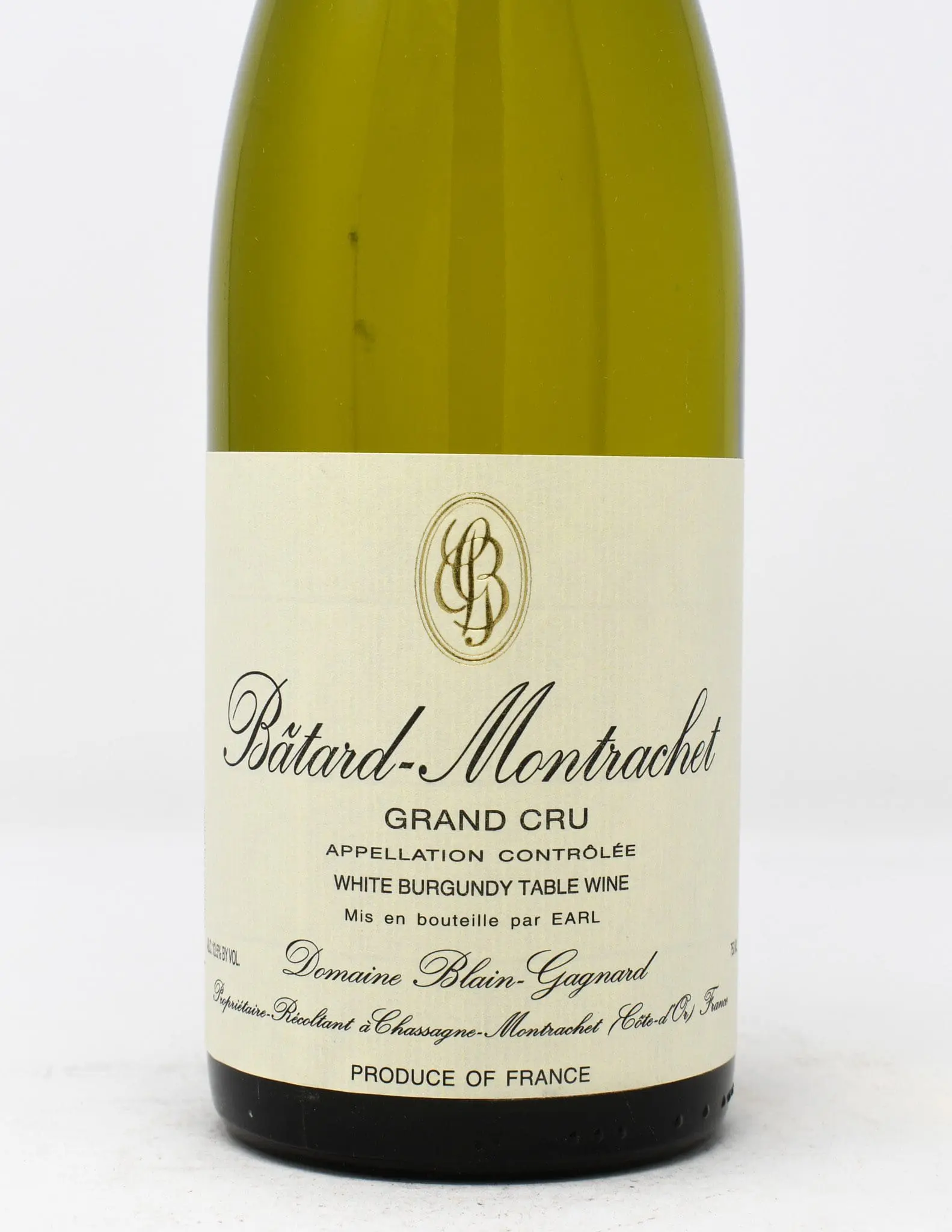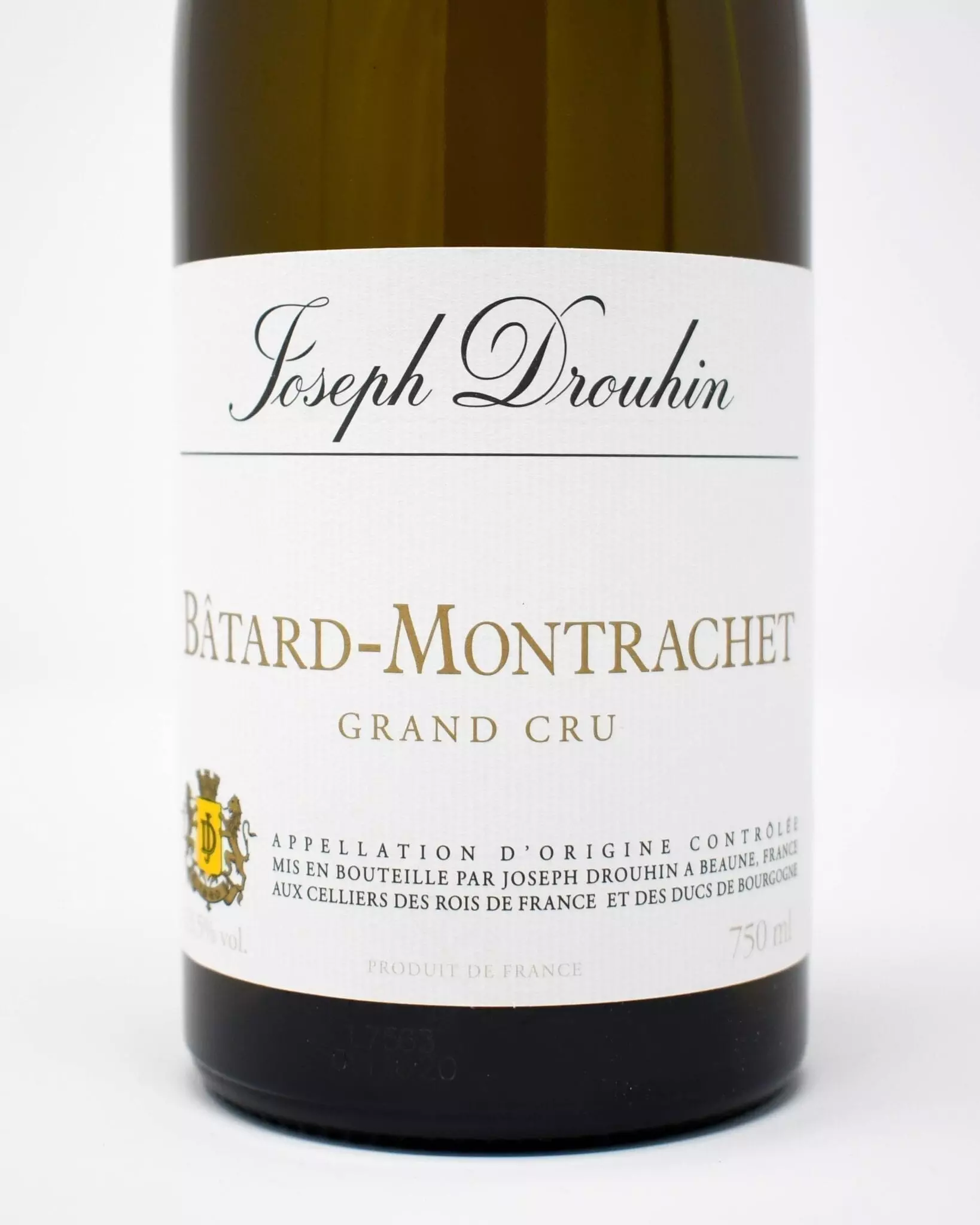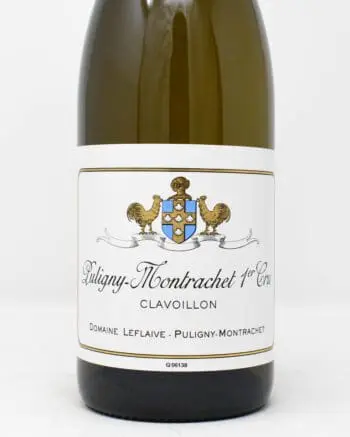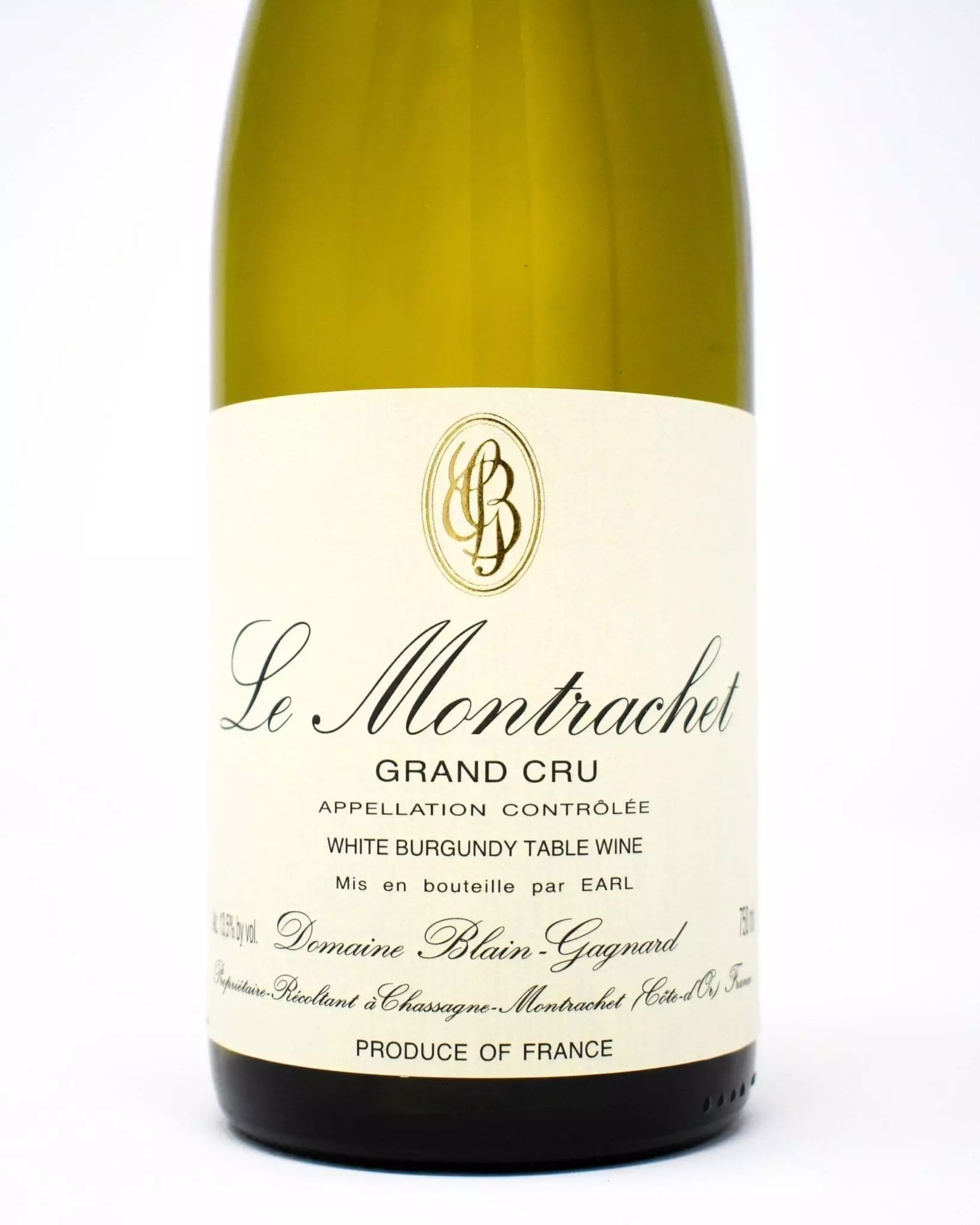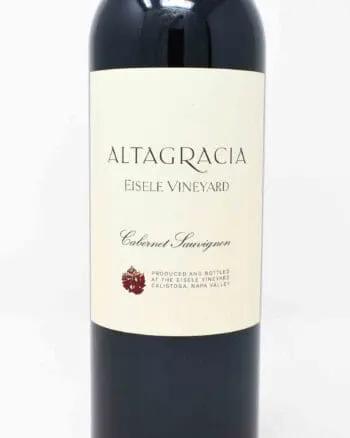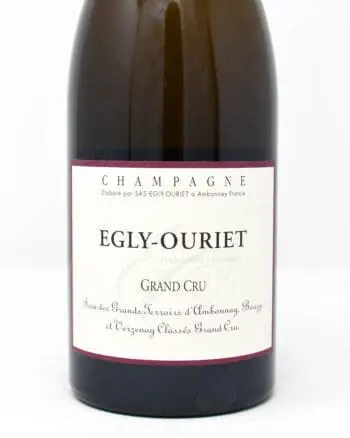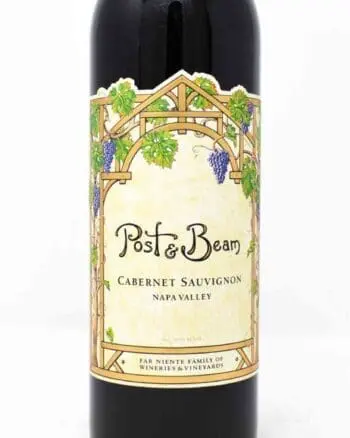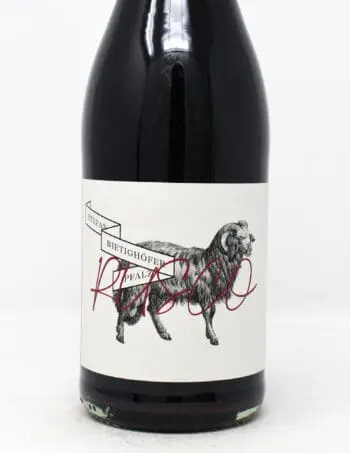Domaine Blain-Gagnard, Batard-Montrachet, Grand Cru 2020
$525.00
Domaine Blain-Gagnard, Batard-Montrachet, Grand Cru 2020
$525.00
A great Bâtard-Montrachet is a wine of volume, weight, and power with rich honeyed flavors, broad texture, and with an intensity of fruit and minerals. It is sometimes compared to the powerful wines of Corton-Charlemagne but Bâtard-Montrachet always has more tautness and tension, making a great wine for cellaring ten years or more.
3 in stock
“Ripe but not really exotic aromas are comprised by notes of both white and yellow fruit, herbal tea, just sliced citrus and a hint of lemon zest. The sleeker and bigger-bodied flavors pack plenty of punch and power on the more complex if decidedly compact and very tightly wound finale. As one would reasonably expect, this is a wine that will definitely need at least 5 to 7 years of cellaring before it will begin to be approachable. Excellent.”-94BH
95 points, Decanter
Domaine Blain-Gagnard was formed in 1980 when Jean-Marc Blain (a Sancerrois) married Claudine Gagnard, youngest daughter of Jacques and Marie-Josèphe Gagnard of Domaine Gagnard-Delagrange. The couple runs this venerable domaine with the help of their son Marc-Antonin. Jean-Marc Blain and Claudine Gagnard met while they were both studying oenology at Dijon. The estate’s vineyards come mainly from grandparents and other relatives of Claudine, along with a few purchases. The vines are planted in Chardonnay (55%) and the rest in Pinot Noir, with a small parcel of Passetoutgrain. They now control 20.5 acres of vines in Chassagne-Montrachet, including holdings in three grands crus: Le Montrachet, Bâtard-Montrachet, and Criots-Bâtard-Montrachet.
“Claudine’s grandfather said that perfectly ripe Chardonnay should smell like fresh almonds, so when she smells fresh almonds in the juice, she’s very happy,” says Jean-Marc Blain. Following the pressing, Chardonnay is inoculated with selected cultured yeast and fermentation occurs in barrel. The lees are stirred once a week until late December or, in some vintages, until February. White wines are aged in various percentages of new oak with 10-20% new oak for the village wines and up to 30% new oak for the premier and grands crus.
Additional information
| Type of Wine | |
|---|---|
| Sub-Region | |
| Score | |
| Grape Variety | |
| Country | |
| Appelation |
